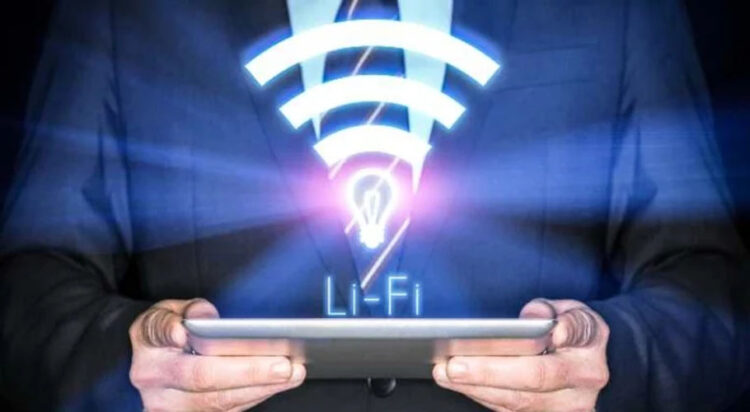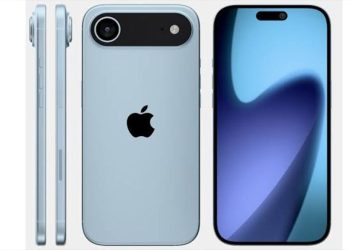Wi-Fi has been used around the world for a long time and various technologies are being worked on as an alternative to it. One of them is Light Fidelity or Li-Fi.
This new technology is still going through an experimental period and it is difficult to say whether it can really replace Wi-Fi or not. But work on it is ongoing, so it will not be without interest to know about it.
What is Li-Fi?
Wi-Fi relies on radio signals for internet services, but Li-Fi uses light to transmit data.
Yes, this technology connects you to the internet by getting power from light.
This is why the speed of Li-Fi can be 100 times faster than Wi-Fi.
Research on Li-Fi has been going on since the 2000s, and it was invented by Harald Haas from Germany.
He discovered that light could be used for two-way data transmission, after which a French company, Oledcomm, began experiments on Li-Fi in 2008.
How does Li-Fi work?
Li-Fi works as a visible light communication system.
In Li-Fi, light from LED bulbs is used for data transfer, which is many times faster than Wi-Fi, which works with radio waves. It is not possible to see this process with the eyes.
So what does this technology mean for the Internet?
Wi-Fi first came out in 1996, and in the last few years, Wi-Fi 6, 6,e and now Wi-Fi 7 standards have been introduced.
Li-Fi technology is faster than Wi-Fi, but speed is not the only factor for a wireless connection. According to the Li-Fi Group, this technology also greatly improves security.
According to a spokesperson for the Li-Fi Group, since Li-Fi signals are limited to the area where the bulbs are glowing and the light does not pass through walls, there is no risk of unauthorized access.
According to theory, Li-Fi can reach speeds of up to 224,000 megabits per second, which is ideal for virtual reality, 4K streaming and online gaming, while low latency also makes it better than Wi-Fi.
Similarly, since Li-Fi does not rely on radio frequencies like Wi-Fi, your connection is protected from electromagnetic interference.
When will it be available?
Li-Fi technology is still in the research phase and may take some time to fully introduce. Oledcomm predicts that the commercial availability of Li-Fi could be possible any time before 2029.




































